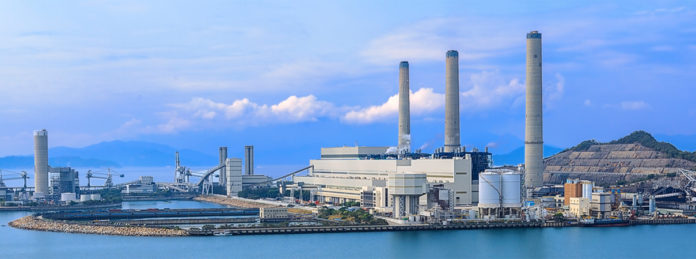
In today’s world where our resources are being depleted day-by-day, processing plants are now looking for ways to reduce operation costs, as well as finding a way to minimize waste and improve energy efficiency. Industrial and processing plants turned to heat recovery systems that allow them to be more energy-efficient, as well as save money on the operating costs of their processes. In this article, you will be able to read why heat recovery is extremely important, as well as what you should know about calculating the heat recovery. Let’s take a look:
Table of Contents
Why Is Heat Recovery Important
As previously mentioned, industrial plants are always looking for ways to be energy efficient, and as you can imagine – it is a constant challenge. Most processes done at these plants require energy, but, only a small portion of the energy produced is used for every process. The remaining energy is ejected into the environment either in liquid or gas form and this results in the facility losing money, as well as pollution of the air. However, you can capture most of this excess energy by using a waste heat recovery system. The energy that is captured can be an energy source for three applications including electricity generation, thermal heating, and cooling. The heat is then used for the same process it was generated from or used for different applications and processes in the industrial plant.

How Can You Benefit from Calculating the Waste Heat Flow
Knowing the total heat flow can allow your company to determine the potential value of the heat released. So, according to the expert team from exodraft-heatrecovery.com, the capital project cost can be calculated and your company can make the decision if the projects make economic sense for you. The formula listed below will help you determine if there is a good volume available for waste heat recovery.
Q = S V ρ Cp ΔT
Let’s break it up:
S = cross-sectional area (m2) of waste flow ducting/pipe
V = flow velocity (m/sec)
ρ = media density (kg/m3)
Cp = specific heat constant of the media (kJ/KG.ºC)
ΔT = the temperature difference (ºC)

The “Q” mentioned above is the so-called maximum flow rate of waste heat that is available for recovering, but, of course, not all waste will be recovered. Calculating and knowing the “Q” value will require additional information of the installation like a precise temperature of the outlet and inlet gas or water, and the location of the pipework of the heat source, in relation to the possible installation location of the equipment.
Conclusion
By calculating the installation costs, as well as the equipment costs, you will know just how much your plant can save from this system. Also, this will not only help you with reducing the costs of your operations and processes, but it will also allow your processes to be more time-efficient, as well as be more Eco-friendly since you will be reducing the harmful emissions released into our atmosphere as well.







